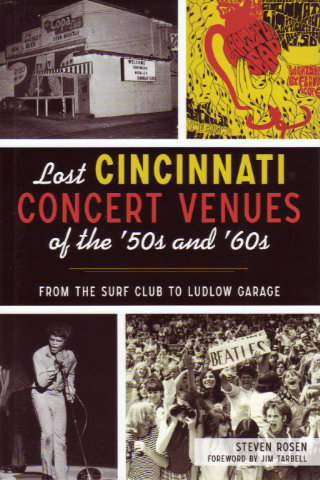
This book brought back some memories, corrected others, and filled in gaps I didn’t even know I had. And I was only here for the last quarter of the covered period. For the years before I moved to Cincinnati, it confirmed some rumors and filled in some blanks. Its author, Steven Rosen, has done an awful lot of writing both as an employee (Cincinnati Enquirer, Denver Post) and as a freelancer (NY Times, LA Times, Cincinnati Magazine, etc.). He is currently serving as Contributing Visual Arts Editor for Cincinnati CityBeat as well as continuing to freelance. With a resume like that, it’s surprising to learn that this is Rosen’s first book.
True to its title, the book is organized by the venues where concerts took place, but venues only matter because of the events they host, and those events are what is really at the heart of Lost Cincinnati Concert Venues of the ’50s and ’60s. The two venues in the subtitle are great examples. The Surf Club operated at the beginning of the 1960s and became known for hosting comedians like Lenny Bruce, Dick Gregory, Henny Youngman, and Phyllis Diller; musicians such as Sarah Vaughan, Peter, Paul, & Mary, and Julius La Rosa; and acts like The Smothers Brothers and Homer & Jethro who were a bit of both. Ludlow Garage rose at the end of the decade with performances by Alice Cooper, the Allman Brothers, Santana, the Kinks, and a whole bunch more. People may or may not remember that the Surf Club had taxidermied swordfish on the walls or that the Ludlow Garage had some really big chairs, but remembering where you saw Phyllis Diller or the Allman Brothers is a certainty.
Cincinnati is a border town with some Kentucky venues as accessible to residents as many in Cincinnati itself. Rosen’s first chapter is, in fact, titled “Northern Kentucky”. He acknowledges the Beverly Hills and Lookout House showrooms but seems to feel that their notoriety has brought them enough attention. He focuses on some lesser-known places like the Sportsman’s Club (where the Drifters once performed), the Copa Club (Miles Davis, Sam Cooke, and more), and Stagman’s Flamingo Dance Club (Jerry Lee Lewis, Chuck Berry, et. al.).
Rosen describes and locates the venues then fleshes them out with tales of the acts that played there and the people who owned and managed them. In the case of the northern Kentucky clubs, ownership might have a little organized crime involved and Rosen discusses that too.
There is also a chapter on “Downtown Cincinnati” (Living Room, Albee Theater) and one called “Neighborhoods and Beyond”. There are lots of neighborhoods in Cincinnati and Rosen doesn’t get to all of them but here’s a sampling of the neighborhood-venue-performer combinations he does get to: Walnut Hills, New Cotton Club, Aretha Franklin; Eastern Avenue, Vet’s Inn, Albert Washington; Western Hills, Hawaiian Gardens, Lonnie Mack.
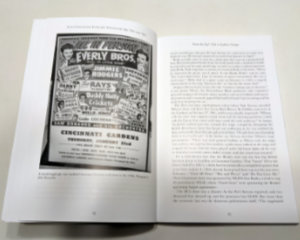
Some venues get their own chapters. In addition to the subtitle’s Surf Club and Ludlow Garage, there’s Cincinnati Gardens, Seven Cities, Babe Bakers, Hyde Park-Mount Lookout Teen Center, and Black Dome. Gene Autry played the Gardens long before that Everly Brothers headlined show with Rodgers, Holly, Anka, Cochran, et.al., and in the years that followed, the Stones, Beatles, James Brown, Bob Dylan, and just about everybody else played there.

One act and one event also get their own chapters. The act, not surprisingly, is the Beatles who played Cincinnati twice; once at Cincinnati Gardens and once at Crosley Field. The event is the Cincinnati Summer Pop Festival of June 13, 1970. It was also held at Crosley Field and Rosen uses the chapter to mention that the Ohio Valley Jazz Festival took place there from 1964 to 1970. With acts like Traffic, Mountain, Grand Funk Railroad, and Bob Seger, the Pop Festival was a major event and Rosen can certainly be forgiven for stretching the ’50s and ’60s by a few months. Back in those days, people apparently sometimes brought pineapple upside-down cake and peanut butter to concerts giving fans something to remember Alice Cooper (cake) and Iggy Pop (peanut butter) by.
Rosen used some of his own memories in this book and combed through a lot of local papers and other publications. He also contacted many of the others who were actually there. Jim Tarbell, of Hyde Park Center and Ludlow Garage fame, provided the forward. He also provides a telling comment about loss at the end of the ’60s. Reflecting on rock becoming big business, he says, “It was baptism by fire to realize how quickly the whole scene changed from peace and love to money.”
Even though it’s not exactly about peace and love and money, the book’s final sentence does make a thoughtful observation on the loss of a major Cincinnati concert venue. “Crosley Field is now lost but is still dearly missed by fans of both Cincinnati baseball and Iggy Pop.”
Lost Cincinnati Concert Venues of the ’50s and ’60s: From the Surf Club to Ludlow Garage, Steven Rosen, The History Press (Jan 10, 2022), 6 x 9 inches, 176 pages, ISBN 978-1467147217
Available multiple places including Arcadia Publishing (History Press) but I suggest going straight to the guy who wrote it: StevenRosen.net.
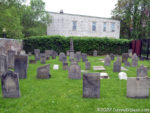 Chestnut Street Cemetery is less than a mile from the museum. A double-sided plaque contains information about the cemetery and the two centuries of Jewish history. The information panel visible in the opening photo says that Benjamin Leib’s grave is unmarked but believed to be “in the back left corner”. I’m guessing that means it’s in the left rear of this picture.
Chestnut Street Cemetery is less than a mile from the museum. A double-sided plaque contains information about the cemetery and the two centuries of Jewish history. The information panel visible in the opening photo says that Benjamin Leib’s grave is unmarked but believed to be “in the back left corner”. I’m guessing that means it’s in the left rear of this picture.

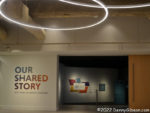
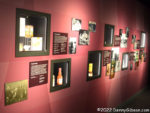
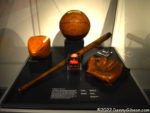
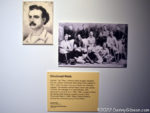
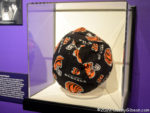
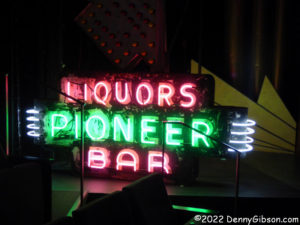
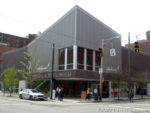
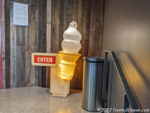
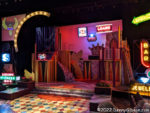

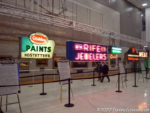


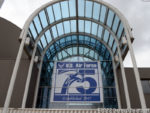
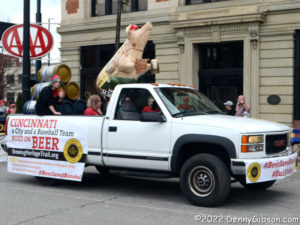
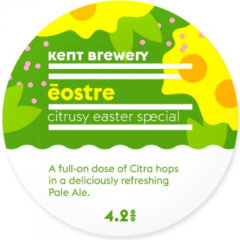 The first Easter post, in
The first Easter post, in 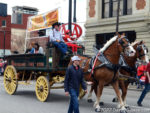
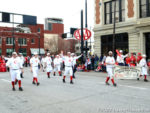
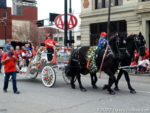
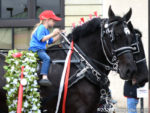






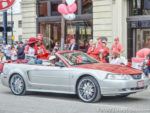


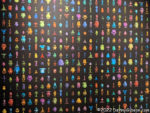
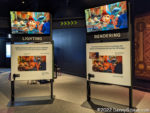
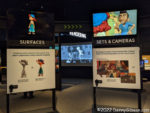
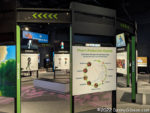
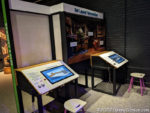
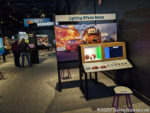
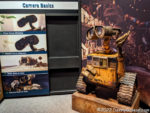
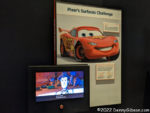
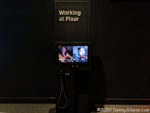

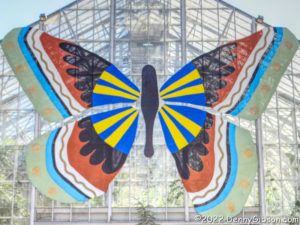
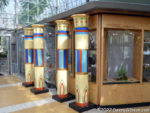

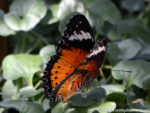
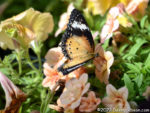
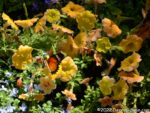
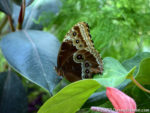
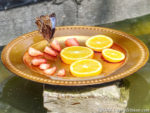
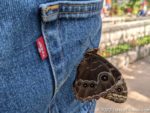
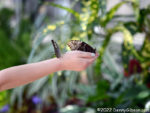
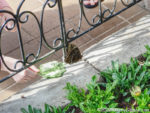

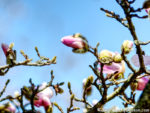
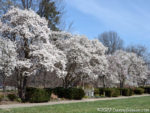
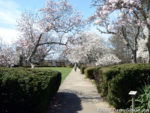
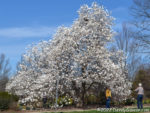
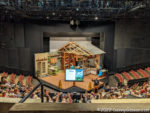
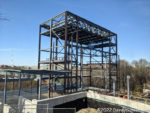
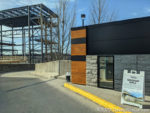


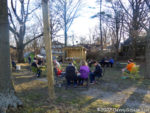
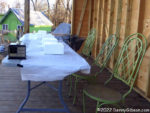
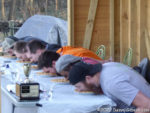
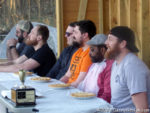
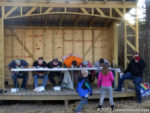
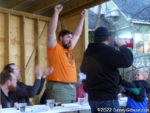
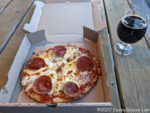
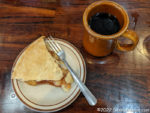
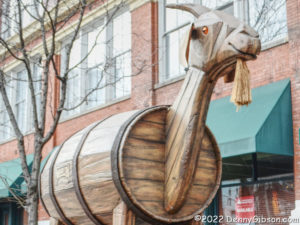
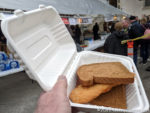
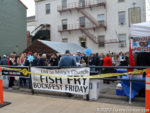
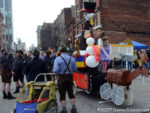
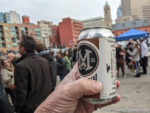
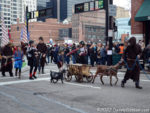
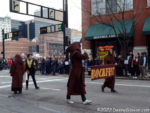
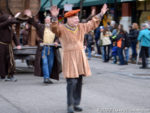
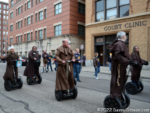
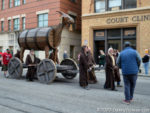
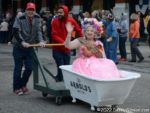
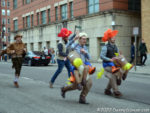
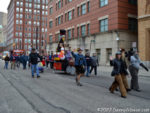
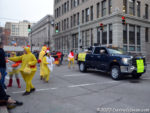
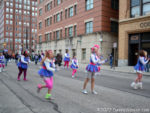
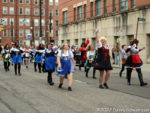
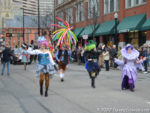
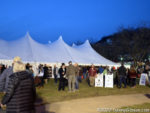


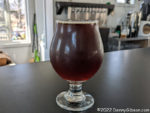
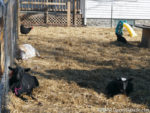



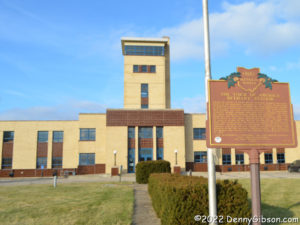
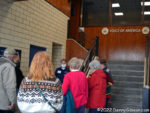
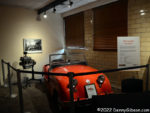
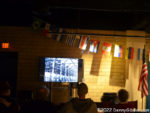
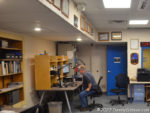
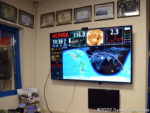
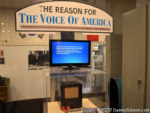
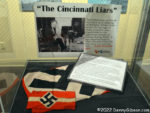


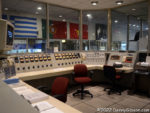
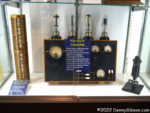
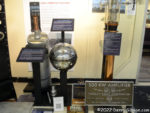


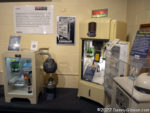
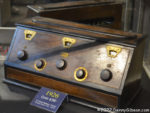
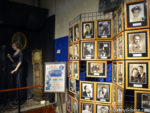
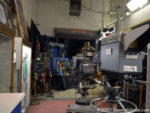
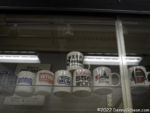
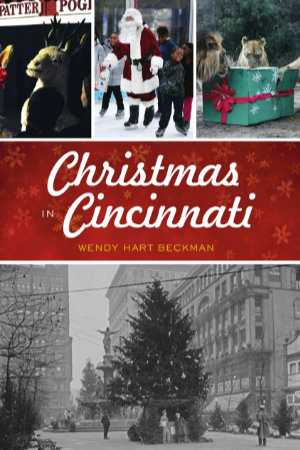 This History Press publication, as is their standard formula, is built around lots of photos both old and new. In this case, a few of those photos are mine. I won’t pretend that isn’t what made me aware of the book and triggered this review but will point out that the book does fit handily into the local-author-local-subject category that I’m fond of talking about. The local author, Wendy Hart Beckman, isn’t a native Cincinnatian but has spent much of her adult life here. I’m thinking that her New England background might actually help in recognizing what is unique or even just a little different about Christmas in Cincinnati.
This History Press publication, as is their standard formula, is built around lots of photos both old and new. In this case, a few of those photos are mine. I won’t pretend that isn’t what made me aware of the book and triggered this review but will point out that the book does fit handily into the local-author-local-subject category that I’m fond of talking about. The local author, Wendy Hart Beckman, isn’t a native Cincinnatian but has spent much of her adult life here. I’m thinking that her New England background might actually help in recognizing what is unique or even just a little different about Christmas in Cincinnati.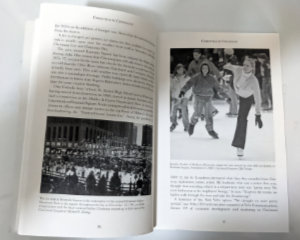 “Things to Do” in Cincinnati around Christmas time include skiing, sledding, and ice skating on Fountain Square. Shopping and visiting Santa in the numerous downtown stores was once a major draw in the days leading up to the holiday but the stores and the shoppers slipped away to the suburbs some time back. In 2020, COVID-19 nearly put a stop to in-person shopping anywhere and only time will tell if it ever fully returns. The same is true of sitting on jolly men’s laps. Beckman includes “Donating” among things to do and writes about several Cincinnati signature campaigns like the Ruth Lyons Children’s Fund and Neediest Kids of All.
“Things to Do” in Cincinnati around Christmas time include skiing, sledding, and ice skating on Fountain Square. Shopping and visiting Santa in the numerous downtown stores was once a major draw in the days leading up to the holiday but the stores and the shoppers slipped away to the suburbs some time back. In 2020, COVID-19 nearly put a stop to in-person shopping anywhere and only time will tell if it ever fully returns. The same is true of sitting on jolly men’s laps. Beckman includes “Donating” among things to do and writes about several Cincinnati signature campaigns like the Ruth Lyons Children’s Fund and Neediest Kids of All.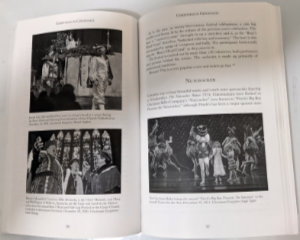 There are indeed plenty of things to do and hear in Cincinnati but there are even more “Things to See”. Beckman lists many Nativity scenes and light displays including some at private residences that have become must-sees over the years. The Cincinnati Zoo’s “Festival of Lights” and the tree on Fountain Square are in that must-see category. What might be considered the big three of Cincinnati Christmas events are on Beckman’s “Things to See” list. The oldest is Boar’s Head and Yuletide Festival which has been celebrated in Cincinnati since 1939. That’s clearly long enough ago to qualify as a true tradition but the festival’s history goes back another 600 years in England. Number two is The Nutcracker which the Cincinnati Ballet Company has been doing since 1974. The newest of the three is Playhouse in the Park’s production of A Christmas Carol which dates to 1991.
There are indeed plenty of things to do and hear in Cincinnati but there are even more “Things to See”. Beckman lists many Nativity scenes and light displays including some at private residences that have become must-sees over the years. The Cincinnati Zoo’s “Festival of Lights” and the tree on Fountain Square are in that must-see category. What might be considered the big three of Cincinnati Christmas events are on Beckman’s “Things to See” list. The oldest is Boar’s Head and Yuletide Festival which has been celebrated in Cincinnati since 1939. That’s clearly long enough ago to qualify as a true tradition but the festival’s history goes back another 600 years in England. Number two is The Nutcracker which the Cincinnati Ballet Company has been doing since 1974. The newest of the three is Playhouse in the Park’s production of A Christmas Carol which dates to 1991.